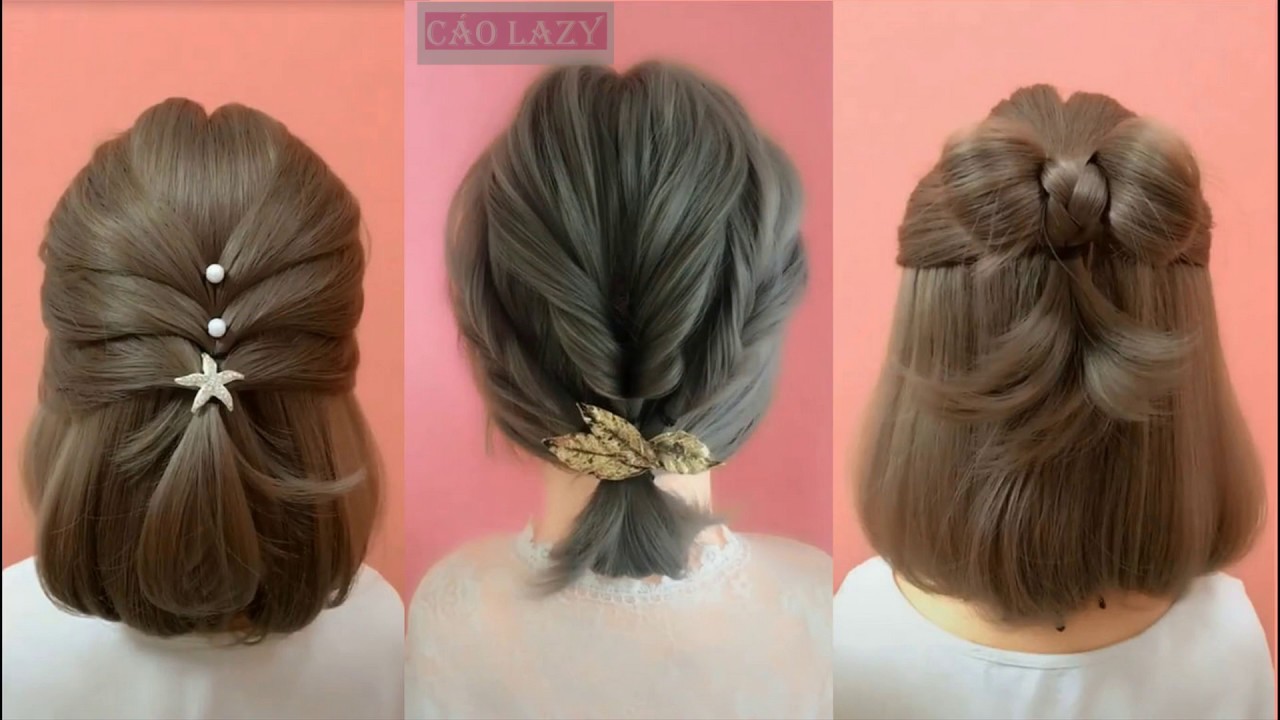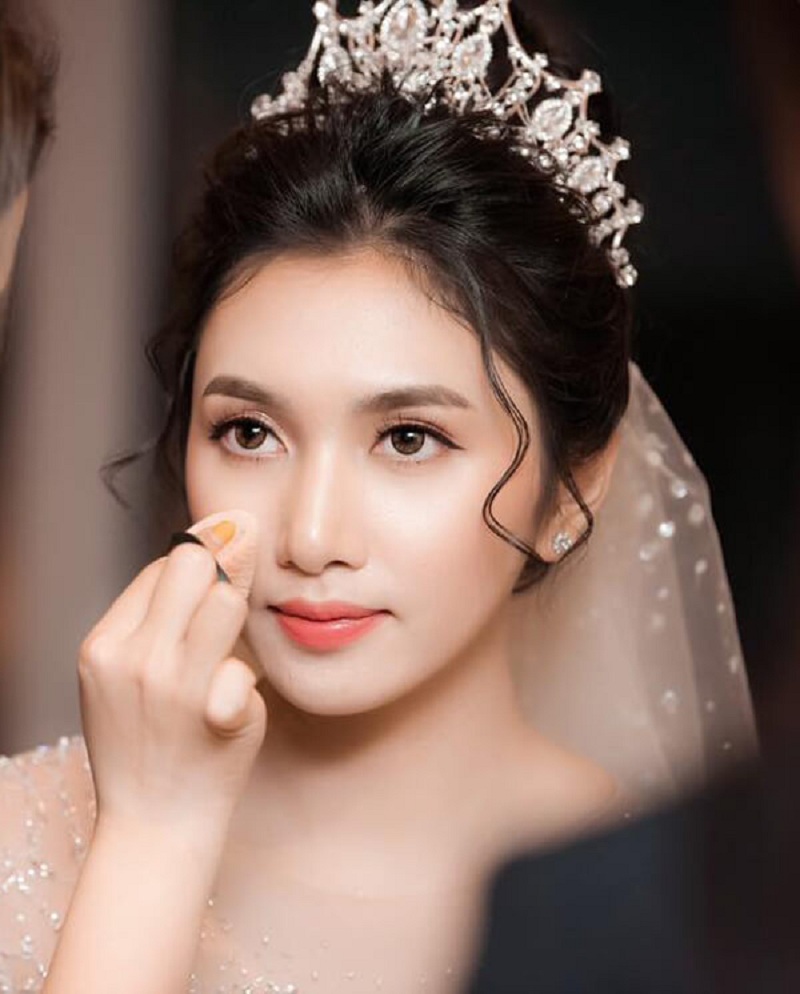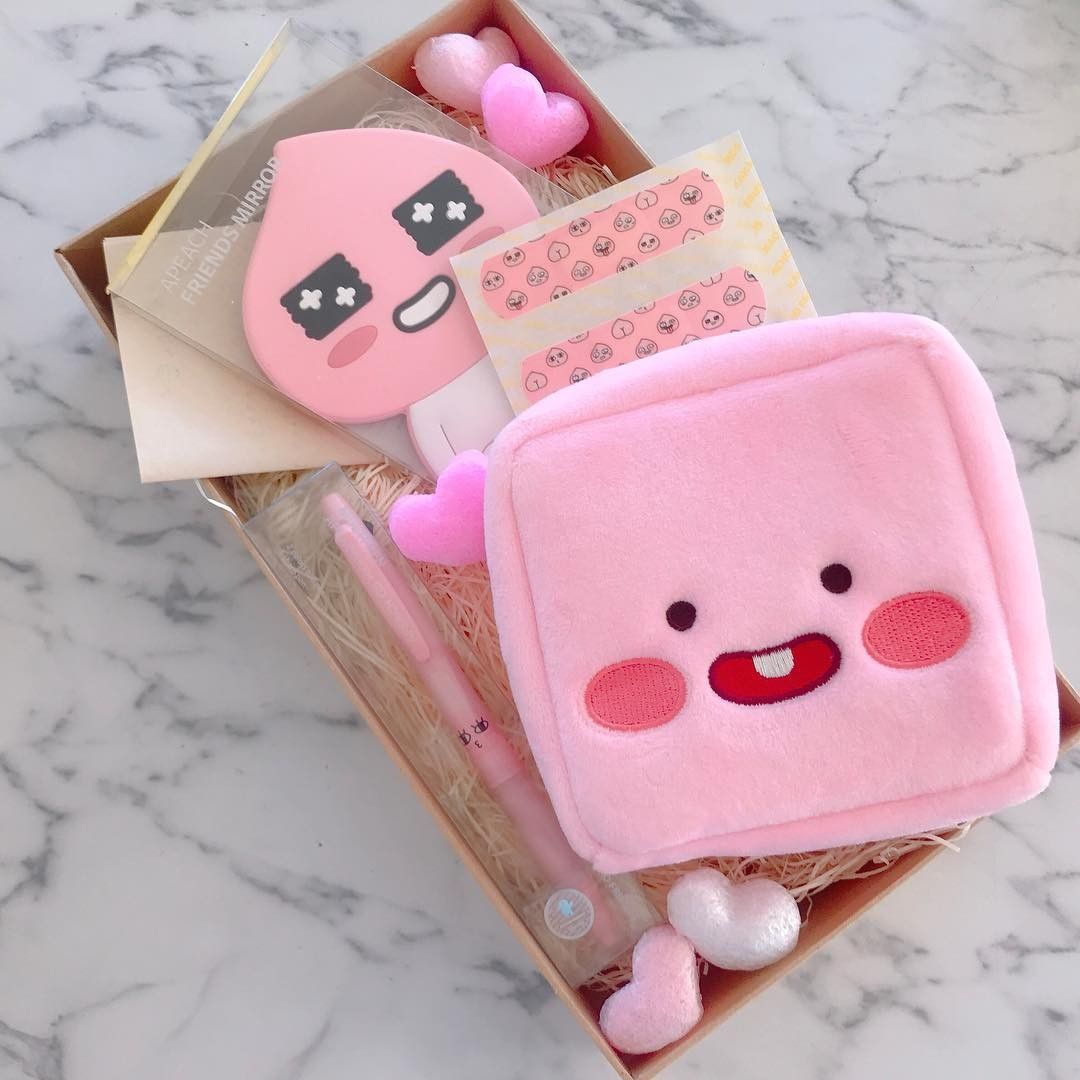
Các cách trang điểm mặt

Có nhiều cách khác nhau để trang điểm mặt, tùy thuộc vào sở thích và ngoại hình của từng cá nhân. Dưới đây là một số cách trang điểm phổ biến nhất:

Trang điểm tự nhiên: Đây là phong cách trang điểm tập trung vào việc tăng cường các đường nét tự nhiên của khuôn mặt, đồng thời tạo ra vẻ ngoài tươi tắn và rạng rỡ. Phong cách này thường sử dụng kem nền nhẹ, che khuyết điểm để che quầng thâm và các khuyết điểm nhỏ, và một ít má hồng để làm nổi bật xương gò má. Trang điểm mắt thường nhẹ nhàng, với lớp mascara làm dài và làm tơi mi.

Trang điểm cổ điển: Đây là phong cách trang điểm lấy cảm hứng từ những kỹ thuật trang điểm của những năm 1950 và 1960. Đặc điểm nổi bật của phong cách này là đôi mắt mèo kẻ sắc nét, làn môi đỏ đậm và lớp nền mịn màng. Trang điểm mắt thường nhấn mạnh vào nếp gấp mí mắt và đường kẻ mắt mèo, trong khi đôi môi được tô màu đỏ tươi để tạo hiệu ứng gợi cảm.
Trang điểm quyến rũ: Phong cách trang điểm này tập trung vào việc tạo ra một vẻ ngoài quyến rũ và gợi cảm. Nó thường sử dụng tông màu tối hơn, như màu mắt khói và son môi màu đậm. Lớp nền thường được đánh kỹ để che khuyết điểm và tạo ra một lớp nền hoàn hảo, trong khi kỹ thuật đánh khối được sử dụng để làm nổi bật các đường nét trên khuôn mặt.
Trang điểm trong suốt: Đây là phong cách trang điểm tạo hiệu ứng như thể bạn không trang điểm chút nào. Mục đích của phong cách này là làm nổi bật các đường nét tự nhiên của khuôn mặt bằng cách sử dụng các sản phẩm mỏng nhẹ, trong suốt. Kem BB hoặc kem nền dạng nước thường được sử dụng để làm đều màu da, trong khi che khuyết điểm được dùng để che quầng thâm và các khuyết điểm nhỏ.
Trang điểm lộng lẫy: Phong cách trang điểm này thường được sử dụng cho các sự kiện đặc biệt, như tiệc cưới hoặc tiệc tối. Nó đặc trưng bởi lớp trang điểm đậm hơn, với nhiều lớp sáng và lấp lánh. Đôi mắt thường được trang điểm kỹ lưỡng, với các tông màu kim loại hoặc nhũ, trong khi đôi môi thường được tô son bóng hoặc son lì với tông màu đậm.[Những cách trang điểm mặt]
Executive Summary
This article will provide you with a comprehensive guide to the art of face makeup. We will cover everything from basic techniques to advanced tips, ensuring that you have all the knowledge you need to create stunning looks that will boost your confidence and make you feel beautiful. Whether you’re a beginner just starting or an experienced makeup enthusiast looking to refine your skills, this article has something for everyone.
Introduction
Face makeup is a powerful tool that can transform your appearance, enhance your natural features, and express your creativity. With the right techniques and products, you can create a wide range of looks, from natural and everyday to glamorous and dramatic. In this article, we will explore the different types of face makeup products, discuss essential application techniques, and provide tips to help you achieve flawless results.
Types of Face Makeup Products
1. Foundation
Foundation is the base of any face makeup look. It evens out skin tone, conceals imperfections, and creates a smooth canvas for applying other products. Choose a foundation that matches your skin type and tone for a natural, seamless finish.
- Liquid foundation: Available in various formulas, such as matte, dewy, and luminous, to suit different skin types and preferences.
- Cream foundation: Provides higher coverage and a creamier, more emollient texture for dry skin.
- Powder foundation: Offers a lightweight, matte finish and is ideal for oily or acne-prone skin.
2. Concealer
Concealer is used to target specific areas of discoloration, blemishes, or dark circles under the eyes. Choose a concealer that is slightly lighter than your foundation for a brightening effect.
- Liquid concealer: Provides medium to full coverage and can be applied with a brush or sponge.
- Cream concealer: Offers high coverage and can be used to contour or highlight specific areas.
- Stick concealer: Convenient and easy to apply for on-the-go touch-ups.
3. Powder
Powder is used to set makeup and reduce shine. It helps to absorb excess oil and keep your look fresh throughout the day. Choose a powder that matches your skin tone or opt for a translucent powder for a universal finish.
- Loose powder: Finely milled and provides a lightweight, matte finish.
- Pressed powder: More compact and portable, offering medium coverage and a velvety texture.
- Translucent powder: Invisible on the skin and ideal for setting makeup without altering its color or coverage.
4. Blush
Blush adds a touch of color and warmth to the cheeks, giving your face a healthy, youthful glow. Choose a blush that complements your skin tone and enhances your natural features.
- Powder blush: Available in a wide range of shades and finishes, providing a buildable and natural-looking flush.
- Cream blush: Offers a sheerer, more dewy finish and can be applied with a brush or fingers for a natural, soft focus effect.
- Liquid blush: Highly pigmented and can be used to create bolder, more dramatic looks.
5. Contour
Contouring involves using darker shades of makeup to create shadows and definition in the face. It can be used to slim the nose, enhance cheekbones, or create a more sculpted look.
- Cream contour: Blends easily and provides a natural, seamless finish.
- Powder contour: More intense and can be used for more dramatic effects.
- Liquid contour: Offers the most precise application and can be used to create sharp, defined lines.
Essential Application Techniques
1. Prepare your skin
Before applying makeup, cleanse your face and moisturize to create a smooth, hydrated base. This will help your makeup go on evenly and last longer.
2. Use the right tools
Invest in high-quality makeup brushes and sponges that are designed for specific tasks. Using the right tools will help you achieve professional-looking results.
3. Start with a light hand
Always start with a small amount of product and build up coverage as needed. This will help you avoid caking or overdoing your makeup.
4. Blend, blend, blend
Blend your makeup thoroughly to create a seamless, natural finish. Use a brush or sponge to distribute the product evenly and eliminate any harsh lines or transitions.
5. Set your makeup
Once you’re finished applying your makeup, use a setting spray or powder to keep it in place and prevent smudging or fading.
Tips for Flawless Results
- Choose products that match your skin tone and type.
- Use a primer to create a smooth base and enhance the longevity of your makeup.
- Experiment with different colors and shades to find what looks best on you.
- Don’t be afraid to ask for professional advice at a makeup counter or from a trusted beauty consultant.
- Practice makes perfect! The more you apply makeup, the more confident you will become.
Conclusion
Mastering the art of face makeup can be an empowering experience that enhances your confidence and allows you to express your creativity. By understanding the different types of products, essential application techniques, and tips for flawless results, you can create stunning looks that will make you feel beautiful and radiant. Remember to experiment, practice, and have fun with makeup!



